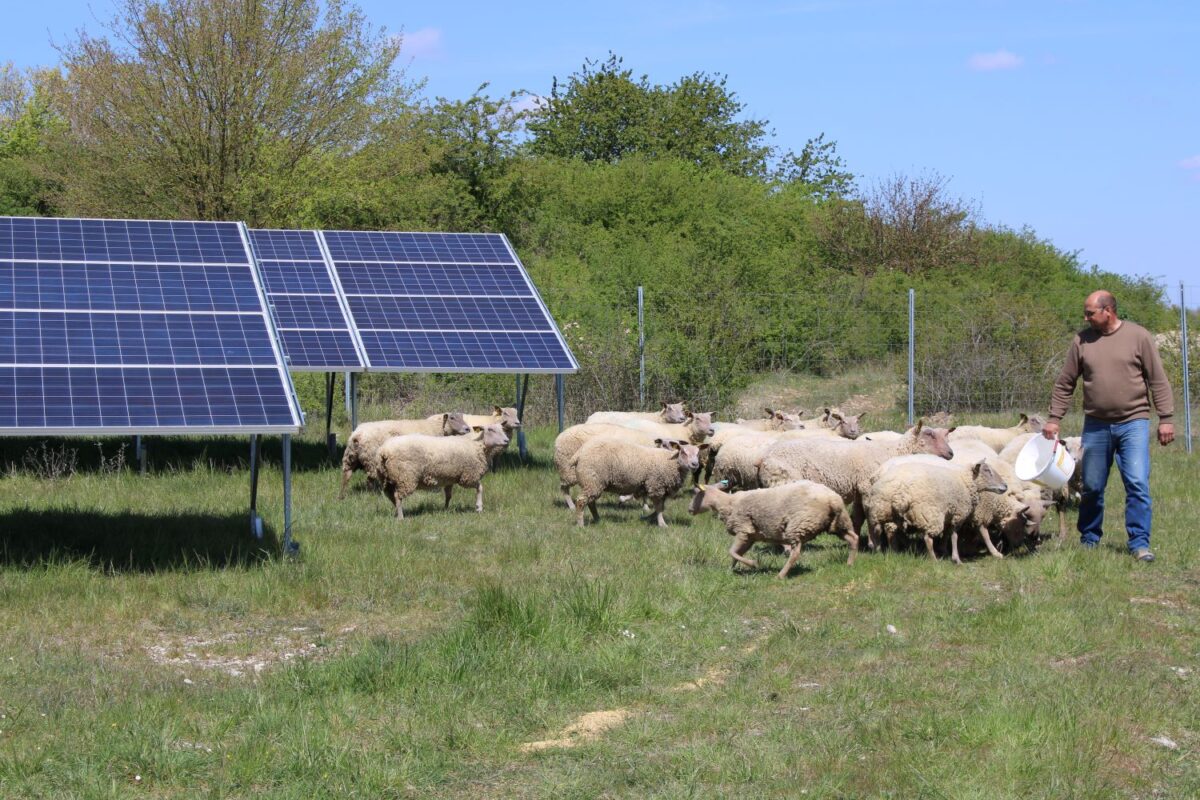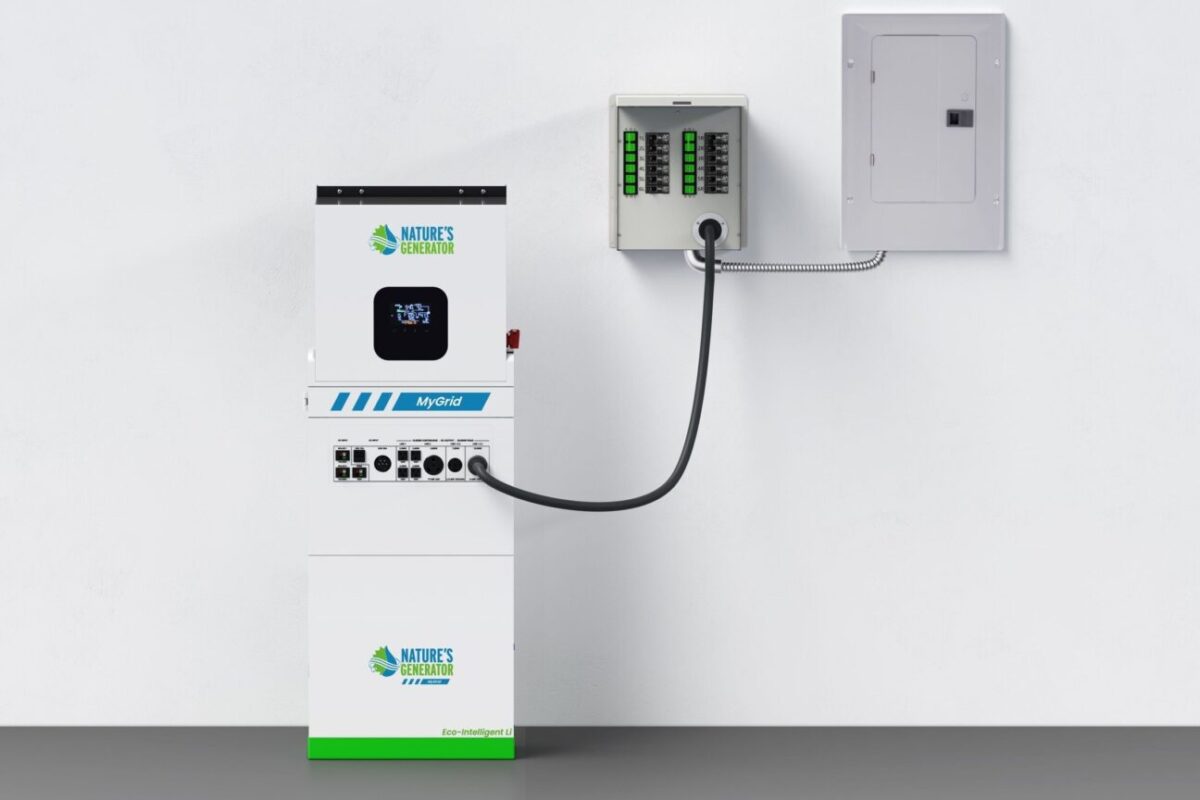From pv magazine France
The National Research Institute for Agriculture, Food and the Environment (INRAE) has published new results regarding grass growth and forage production under solar panels as part of two research projects conducted with BayWa r.e. and Valorem. They are intended to integrate the R&D database set up by the National Research Center on agrivoltaics launched in 2023.
Researchers carried out studies on solar parks in three different pedoclimatic regions: the South-West Mediterranean and Burgundy for the two BayWa r.e parks. and the La Tour Blanche park in Dordogne for Valorem. Meteorological sensors were placed in different locations of the solar parks and grass growth was measured and analyzed by two agricultural engineers from INRAE for 18 months.
In 2023, the results obtained in summer at the two Baywa r.e. power plants showed a 3 to 4 C drop in soil temperature under the panels, an increase of up to 11% in soil humidity under the panels and improved forage quality under the panels. For its part, at the La Tour Blanche site, the impact of panel shading on three zones (under the panels, between the rows and the intermediate area) enabled Valorem to demonstrate an overall performance of plus 30% in dry matter production in shaded areas over the year, creating a microclimate conducive to biomass production, particularly during the hottest months. In summer, the average soil temperature in the intermediate zone was 4.8 C lower than in the control zone, and soil humidity was higher.
In fact, despite different sunshine conditions, similar trends were observed: lower temperatures and higher soil moisture levels under the solar panels. Microclimatic conditions are thus more favorable to forage development, particularly in summer. As for yields, although they drop slightly in late spring, they are balanced out by higher yields in summer, thanks to the shade cast between the rows of solar panels. Finally, analyses show that forage quality improves under the panels: it is richer in nitrogen and minerals, and therefore more digestible for livestock, particularly in summer.
Finally, at La Tour Blanche, a reduction in wind inside the solar park of around 38% on average was recorded in the semi-shaded intermediate zone, known as a “chicane effect” generated by the solar structures.
“It's a winning combination for farmers, who can graze their livestock for longer, especially in summer, when the forage has better growth dynamics and higher nutritional quality than the control zone,” said Mathilde Gaulier, an agrivoltaics research engineer at INRAE, which has a partnership agreement with Valorem. “Continued agronomic monitoring over several production cycles is also necessary to confirm these results,” he added
This content is protected by copyright and may not be reused. If you want to cooperate with us and would like to reuse some of our content, please contact: editors@pv-magazine.com.




1 comment
By submitting this form you agree to pv magazine using your data for the purposes of publishing your comment.
Your personal data will only be disclosed or otherwise transmitted to third parties for the purposes of spam filtering or if this is necessary for technical maintenance of the website. Any other transfer to third parties will not take place unless this is justified on the basis of applicable data protection regulations or if pv magazine is legally obliged to do so.
You may revoke this consent at any time with effect for the future, in which case your personal data will be deleted immediately. Otherwise, your data will be deleted if pv magazine has processed your request or the purpose of data storage is fulfilled.
Further information on data privacy can be found in our Data Protection Policy.